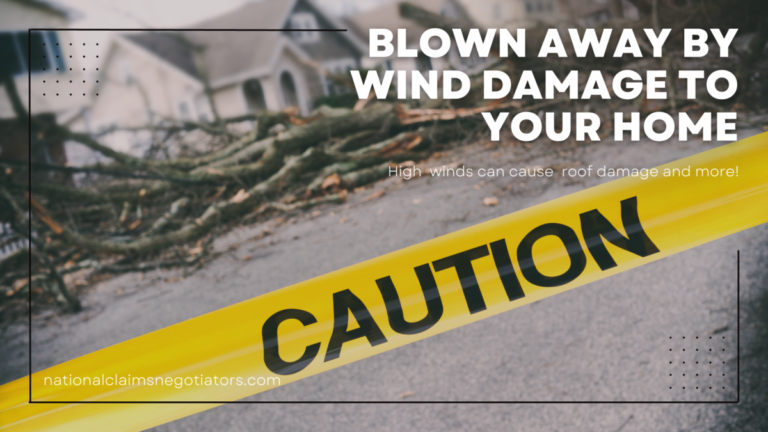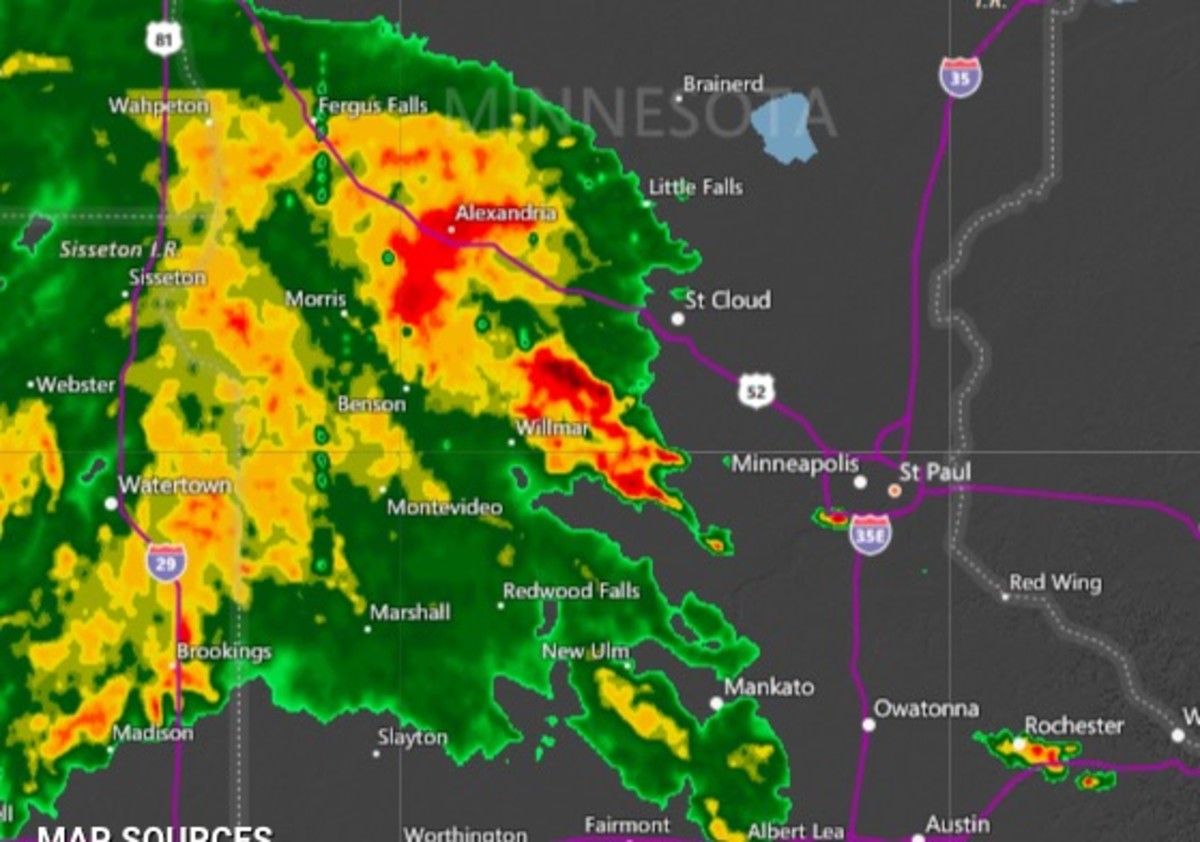Protecting Yourself From Damaging Winds During Fast-Moving Storms

Understanding the Dangers of High Winds
Fast-moving storms pack a powerful punch, capable of generating incredibly destructive wind speeds. Hurricanes, categorized by the Saffir-Simpson scale, produce sustained winds ranging from tropical storms (39-73 mph) to catastrophic Category 5 hurricanes (above 157 mph). Tornadoes, on the other hand, are characterized by their intense, localized winds, which can exceed 300 mph. Even derechos, widespread, damaging windstorms, can cause significant wind damage with straight-line winds exceeding 58 mph.
The destructive power of these winds manifests in various ways:
- Flying Debris: High winds transform everyday objects—tree branches, signs, debris—into dangerous projectiles. These can shatter windows, damage property, and cause serious injuries.
- Structural Damage: The sheer force of damaging winds can compromise a building's structural integrity, leading to roof damage, wall collapses, and even complete building destruction.
- Power Outages: Downed power lines, often a consequence of high winds, create significant hazards and widespread power outages, disrupting essential services and increasing the risk of electrocution.
Preparing Your Home for High Winds
Preparing your home and property before a fast-moving storm hits is paramount in minimizing wind damage. Taking proactive steps can significantly reduce the risk to your family and your possessions.
Here's how to prepare:
- Reinforce Your Home's Structure: Secure all loose items outside, including patio furniture, garbage cans, and anything that could become airborne. Reinforce windows and doors by adding storm shutters or boarding them up. Consider strengthening your roof if needed.
- Protect Your Property: Move vehicles to a secure location. Bring all outdoor decorations, plants, and other loose items inside or secure them firmly. Consider using sandbags to protect lower-level windows and doors.
- Create an Emergency Supply Kit: Assemble a kit containing enough water, non-perishable food, first-aid supplies, a flashlight, a battery-powered radio, medications, and important documents.
- Develop a Family Communication Plan: Establish a meeting place and a communication plan in case family members are separated during the storm. Include contact information for out-of-town relatives or friends.
Staying Safe During a Fast-Moving Storm with High Winds
When a fast-moving storm with damaging winds hits, your primary concern should be finding safe shelter.
Follow these critical steps:
- Seek Shelter Immediately: Move to the most interior room of your home, preferably a basement or an interior room on the lowest level. Avoid windows and exterior walls.
- Stay Informed: Monitor weather updates continuously using a weather radio, smartphone apps, or local news channels. Be aware of changing wind speeds and directions.
- If Caught Outdoors: Seek immediate shelter in a sturdy building, a ditch, or a low-lying area. Never seek shelter under trees. Lie flat on the ground if there's no immediate shelter available.
- Avoid Windows and Doors: These are the most vulnerable parts of your home during high winds. Stay away from them at all times during the storm.
Post-Storm Safety and Recovery
Once the damaging winds have subsided, post-storm safety becomes critical. Assess the damage carefully and prioritize safety.
Remember these steps:
- Check for Structural Damage: Inspect your home for any structural damage, such as roof damage, cracked walls, or broken windows. If there's significant damage, avoid entering until it's been assessed by a professional.
- Assess Utilities: Check for downed power lines and damaged gas lines. Avoid contact and report any issues immediately to the relevant utility companies.
- Handle Debris Carefully: Wear appropriate protective gear when handling debris. Be aware of potential hazards such as broken glass, sharp metal, and exposed wires.
- Report Damage: Contact your insurance company and local authorities to report any damage to your property. Take photos and videos to document the extent of the damage.
Conclusion
Protecting yourself from damaging winds requires preparedness, awareness, and decisive action. By understanding the dangers, preparing your home and family, staying safe during the storm, and taking post-storm precautions, you significantly reduce the risk of injury and property damage. Don't wait until the next fast-moving storm hits – learn how to protect yourself now! Start preparing your home for damaging winds today! Share this article with your friends and family to spread awareness and help everyone stay safe during severe weather. Learning about and planning for damaging winds is an investment in your safety and security.

 Wayne Gretzkys Trump Connection Impact On His Legacy
Wayne Gretzkys Trump Connection Impact On His Legacy
 Important Weather Update Strong Winds And Severe Storms Imminent
Important Weather Update Strong Winds And Severe Storms Imminent
 Connaissez Vous La Loire Atlantique Un Quiz Pour Le Savoir
Connaissez Vous La Loire Atlantique Un Quiz Pour Le Savoir
 The Goldbergs Enduring Appeal Why We Still Love This Family Sitcom
The Goldbergs Enduring Appeal Why We Still Love This Family Sitcom
 Premier League 2024 25 Champions Photo Highlights
Premier League 2024 25 Champions Photo Highlights
